Ilpo Koskinen - Design Research Through Practice: From the Lab, Field, and Showroom
Here you can read online Ilpo Koskinen - Design Research Through Practice: From the Lab, Field, and Showroom full text of the book (entire story) in english for free. Download pdf and epub, get meaning, cover and reviews about this ebook. year: 2011, publisher: Morgan Kaufmann, genre: Politics. Description of the work, (preface) as well as reviews are available. Best literature library LitArk.com created for fans of good reading and offers a wide selection of genres:
Romance novel
Science fiction
Adventure
Detective
Science
History
Home and family
Prose
Art
Politics
Computer
Non-fiction
Religion
Business
Children
Humor
Choose a favorite category and find really read worthwhile books. Enjoy immersion in the world of imagination, feel the emotions of the characters or learn something new for yourself, make an fascinating discovery.
- Book:Design Research Through Practice: From the Lab, Field, and Showroom
- Author:
- Publisher:Morgan Kaufmann
- Genre:
- Year:2011
- Rating:5 / 5
- Favourites:Add to favourites
- Your mark:
Design Research Through Practice: From the Lab, Field, and Showroom: summary, description and annotation
We offer to read an annotation, description, summary or preface (depends on what the author of the book "Design Research Through Practice: From the Lab, Field, and Showroom" wrote himself). If you haven't found the necessary information about the book — write in the comments, we will try to find it.
Businesses and the HCI and Interaction Design communities have embraced design and design research. Design research as a field blends methodologies from several disciplines - sociology, engineering, software, philosophy, industrial design, HCI/interaction design -- so designers can learn from past successes and failure and dont have to reinvent the wheel for each new design (whether its a digital product, a building, an airplane or furniture). They take into account form, function, and, ultimately, users.
Many books exist in the research and academic realm for this field, but none create a usable bridge to design practice. Although business people are embracing design, they are not going to become designers. Design researchers need tools to apply their research in the real world.
Design Research through Practice takes advanced design practice as its starting point, but enriches it to build a design process than can respond to both academic and practical problems. The aims of the book are to study three design research traditions that cover methodological directions in current leading research community. Taking you from the Lab, Field and to the Showroom, Ilpo Koskinen and his group of researchers show you successful traditions in design research that have been integrated into processes and products. Bridging the gap from design research to design practice, this is a must have for any designer.
. Gathers design research experts from traditional lab science, social science, art, industrial design, UX and HCI to lend tested practices and how they can be used in a variety of design projects
. Provides a multidisciplinary story of the whole design process, with proven and teachable techniques that can solve both academic and practical problems
. Presents key examples illustrating how research is applied and vignettes summarizing the key how-to details of specific projects
Ilpo Koskinen: author's other books
Who wrote Design Research Through Practice: From the Lab, Field, and Showroom? Find out the surname, the name of the author of the book and a list of all author's works by series.

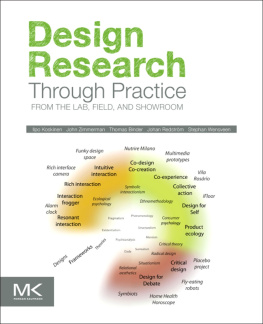

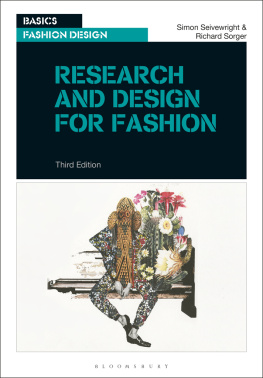
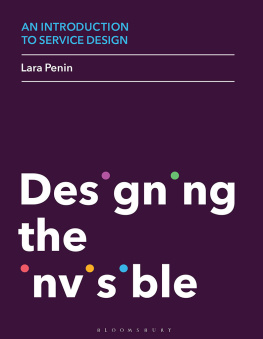
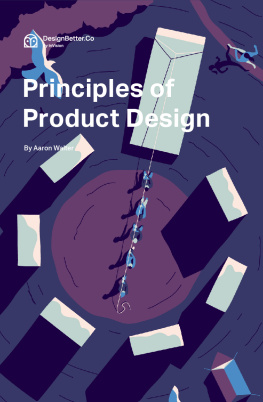

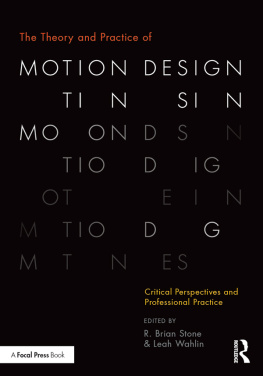


 AMSTERDAM BOSTON HEIDELBERG LONDON NEW YORK OXFORD PARIS SAN DIEGO SAN FRANCISCO SINGAPORE SYDNEY TOKYO
AMSTERDAM BOSTON HEIDELBERG LONDON NEW YORK OXFORD PARIS SAN DIEGO SAN FRANCISCO SINGAPORE SYDNEY TOKYO 
